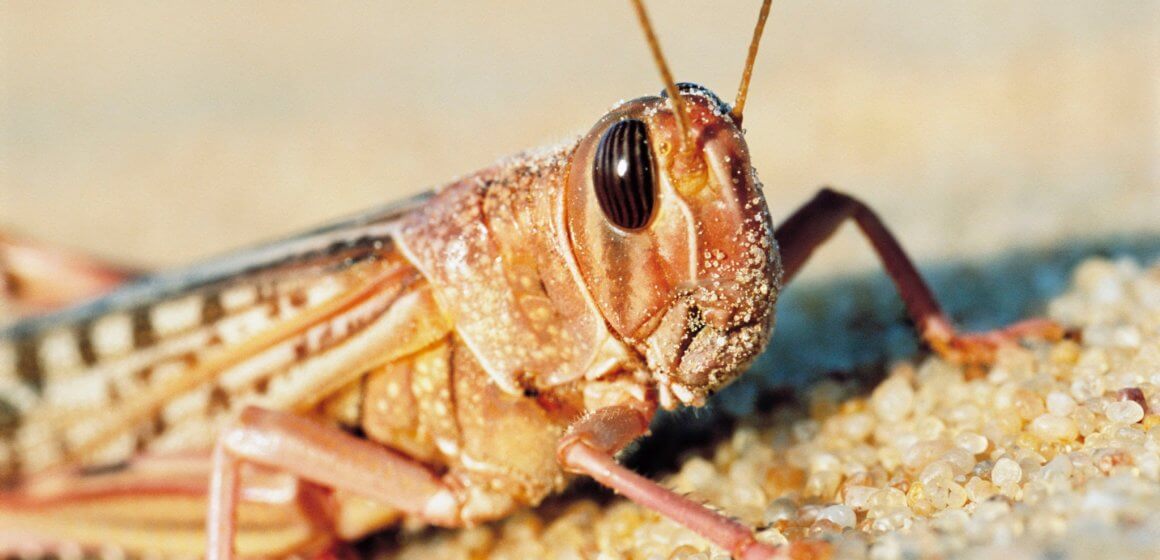|
LISTEN TO THIS THE AFRICANA VOICE ARTICLE NOW
Getting your Trinity Audio player ready...
|
In recent years, the African continent has been plagued by locust swarms, leading to significant economic and social disruption in affected countries. The locusts, capable of devouring large amounts of crops and vegetation, have caused widespread damage to agricultural land and threatened food security in several countries.
Africa is especially vulnerable because approximately 60 percent of employment comes from Agriculture and few countries have the ability to absorb the shock a sudden loss of anticipated food supply.
The time to prepare for future locust attacks is now, and the effort must involve all African governments and the African Union (AU). There is a need to create a continent-wide agency, not attached to any nation, working under the UN and AU to fight the menace and avoid a repeat of locusts from literally eating our lunch.
The recent locust outbreak in Africa began in early 2019, with swarms of the insects descending on parts of East Africa, including Kenya, Somalia, and Ethiopia.
According to Relief Web, the latest locust invasion in East Africa is considered the worst in 25 years for Ethiopia and Somalia and the worst in 70 years for Kenya.
According to UN’s Food and Agriculture Organization (FAO) The Desert Locust is one of the most devastating migratory pests in the world and it is highly mobile and feeds on large quantities of any kind of green vegetation, including crops, pasture, and fodder. A typical swarm can be made up of 150 million locusts per square kilometer and is carried on the wind, up to 150 km in one day. Even a very small, one square kilometer locust swarm can eat the same amount of food in one day as about 35 000 people.
The locusts, quickly spread to other areas of the continent, including Uganda, Tanzania, and South Sudan.
By the end of 2020, the infestation had spread to 10 African countries, affecting millions and causing significant damage to crops and pastures.
According to UNEP, climate change is one of the leading causes of the recent locust outbreak in Africa. Rising temperatures and changing rainfall patterns have created ideal insect breeding conditions, allowing them to reproduce faster and spread more easily across the continent.
Other factors contributing to the locust infestation include conflict and insecurity in affected areas, making it difficult to carry out effective pest control measures.
It is essential to take a multi-faceted approach to tackle the problem of locust swarms, to prevent similar calamities in the future. This approach should involve a combination of early warning systems, effective monitoring and surveillance, and coordinated pest control measures, and destroying the locust eggs before they hatch.
Early warning systems can help alert communities and governments to the presence of locust swarms, allowing them to take action before the insects can cause significant damage.
Such systems can include satellite imagery, which can detect changes in vegetation cover that may indicate the presence of locusts, and mobile phone apps that allow farmers and others to report sightings of the insects in their area.
Effective monitoring and surveillance are also essential for preventing locust outbreaks. This can involve regular surveys of crops and vegetation to detect early signs of insect infestation, as well as the use of drones and other technology to track the movement of locust swarms and predict their path.
Coordinated pest control measures are necessary to prevent the spread of locusts and minimize the damage they cause. This can include using insecticides, biopesticides, and other methods to kill or repel the insects and measures to protect crops and vegetation from infestation.











LEAVE A COMMENT
You must be logged in to post a comment.